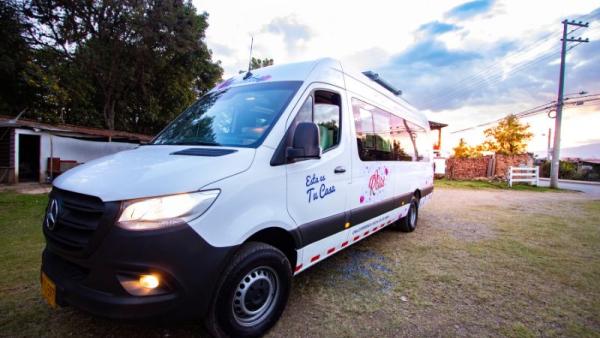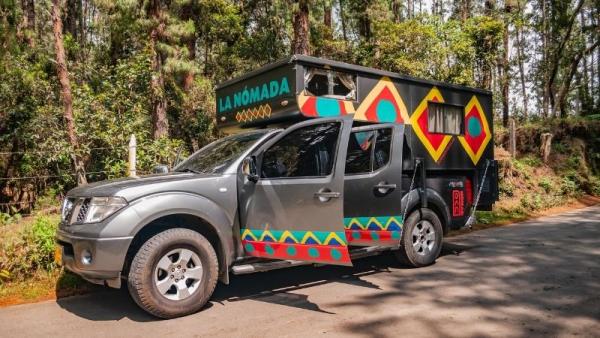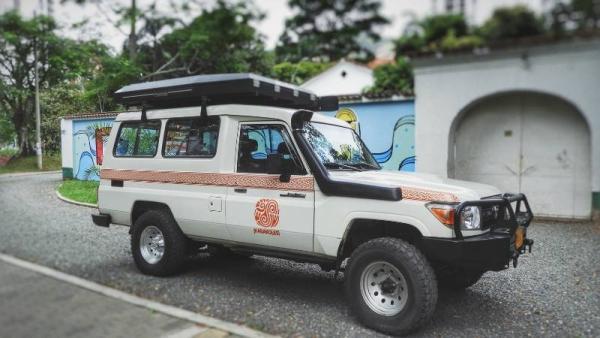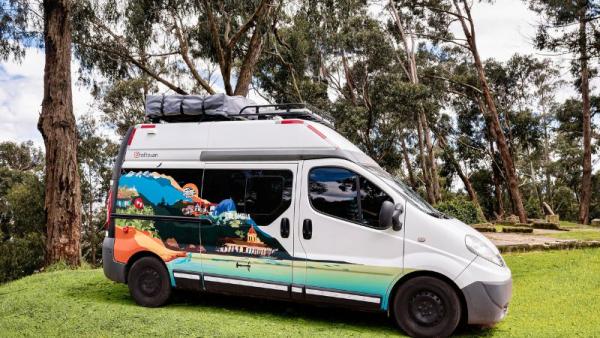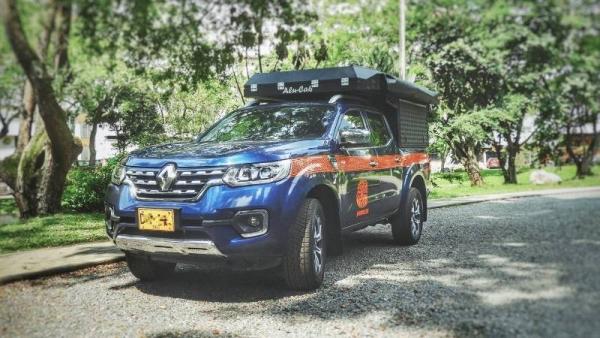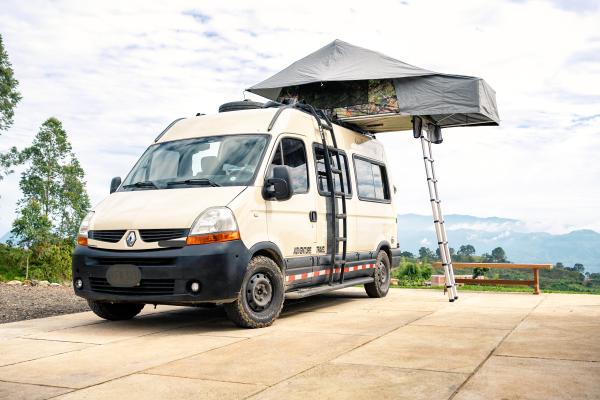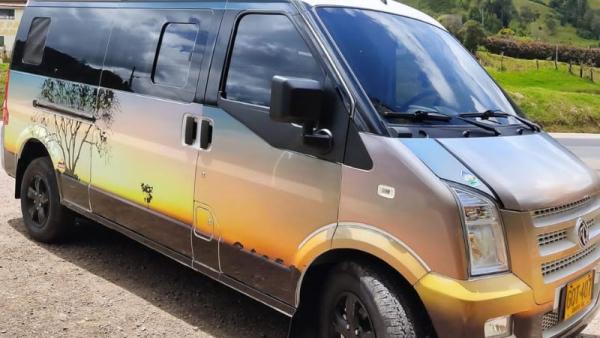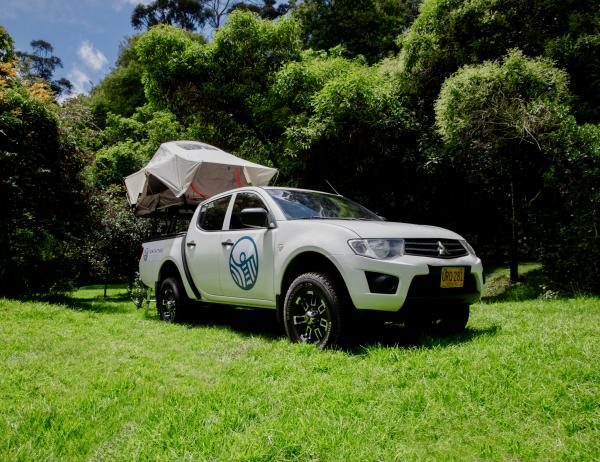Routes
As native Colombians and adventure enthusiasts, we have created routes for you.
Important for route planning:
Understanding the Terrain
Colombia is a country that is as diverse as it gets: culture, food, landscapes, and nature. This extreme diversity is not only exciting but also a challenge for planning. To better understand the country, you need to understand the different regions of Colombia:
- Andes - Central Colombia: Here, 75% of the population lives. You will find tropical dry forests, tropical rainforests, highlands, vast lowland and highland valleys, and even a small desert as well as snow-capped volcanoes in the famous coffee region, known for the best Arabica you can get.
- Caribbean: Along the coast, which Colombians mostly refer to as the hot and dry region, you will find beautiful beaches, the world's largest maritime mountain range, Colombia's largest desert, and the largest fortifications that the Spaniards built on the American continent.
- Orinoco: The plain that borders Venezuela in eastern Colombia is the Guyana Shield, one of the oldest geological formations in the world, which starts where the Andes end and stretches to the Atlantic. Half of the year, this region is flooded, so it is no wonder that it has the world's largest amphibian diversity. There are also the largest rock art sites in America, some of which are 12,000 years old.
- Amazonas: The jungle. Although Colombia has an important part of the Amazon rainforest, it is only accessible by car from the far south. Let Mocoa be your gateway to the jungle.
- Pazifik: When it rains, it pours: Colombia is also the rainiest place on earth with almost 10,000 mm of rain per year. Looking for a literal rainforest? Here it is! And the icing on the cake: whale watching from July to November.
Planning time
Once you have decided on the region you want to explore, plan 1-2 weeks for each region. Depending on the available time, you will get a good idea of which regions you want to visit.
Important note
Traveling by camper requires flexibility as there may be road closures, repairs, or mudslides. Don't plan every day, but leave some days for the unexpected - whether it's a closed road or a place you like so much that you want to stay longer.
Adventure guaranteed: Exciting routes through Colombia
-
-
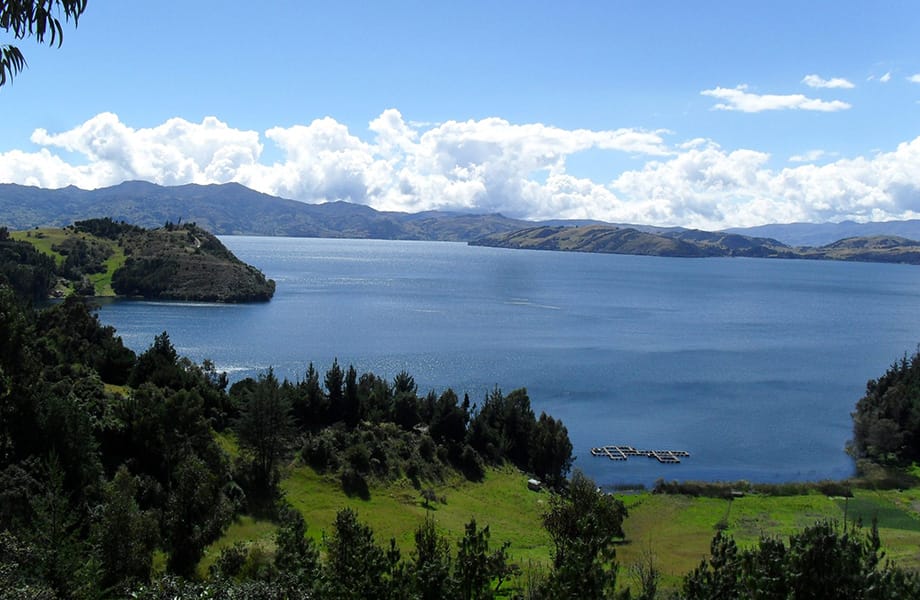 Roadtrip Cundiboyacense
Roadtrip Cundiboyacense- Catedral de Sal in Zipaquirá - Colombia's first wonder of the world
- Guatavita - on the trail of the legend of El Dorado
- The second highest lake: Tota Lake with turquoise water at "Plays Blanca
-
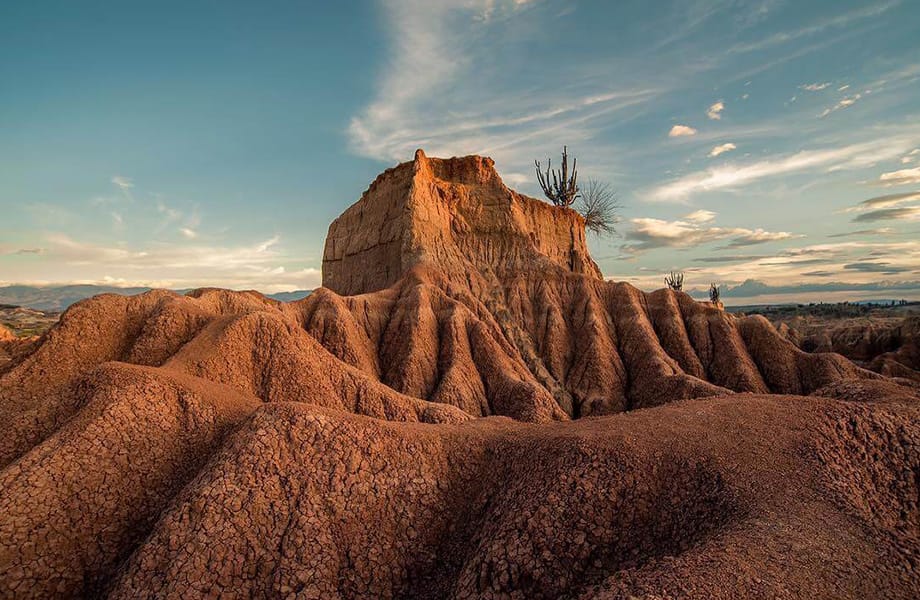 Roadtrip Desierto Tatacoa
Roadtrip Desierto Tatacoa- A Road Trip through the Tatacoa Desert & Los Hoyos
- Enjoying star showers at the observatory
- San Agustín with great landscape & culture
-
-
-
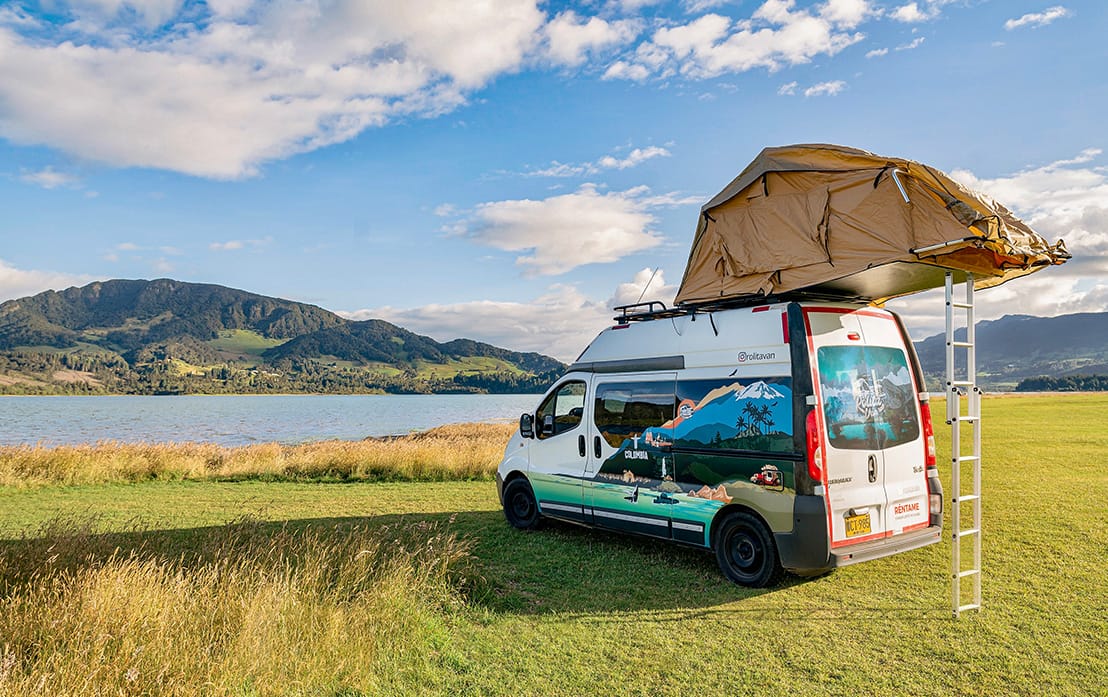 Route Wildcamping in Altiplano + Llanos
Route Wildcamping in Altiplano + Llanos- Wild Camping & Adventure Route
- Drive from Bogotá around Lake Tominé & El Dorado
- Llanos Landscape
- Past the traditional villages of Tota, Pesca and Toca
-
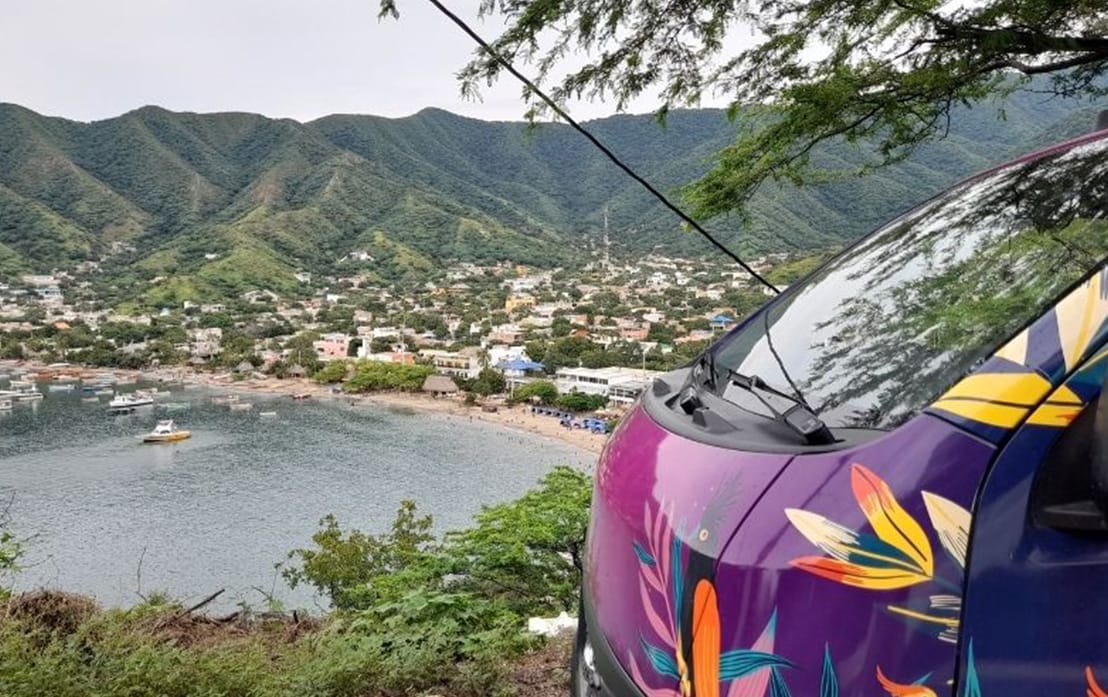 Route Santander
Route Santander- Barbosa with parks, rivers and gourmet restaurants
- San Gil - the adventure capital of Colombia
- Barichara as one of the most beautiful colobial towns in the country
- Mesa de los Santos & Stop at Chicamocha National Park
-
FAQ
-
Where can we stay overnight?Maway has a large network of campsites. Depending on your route, you can decide flexibly where you want to stay overnight. These include private campsites such as parks and farms, as well as public places such as gas stations, viewpoints, and special nature sites, which are sometimes free of charge.
-
Are there set routes?In principle, you can choose your own route and travel as flexibly as possible. We have already put together a few routes for you as inspiration.
-
Am I allowed to leave the country?No, this is not possible due to insurance coverage.
-
What is the minimum rental period?The minimum number of rental days depends on the specific vehicle. Check out our campers here.

